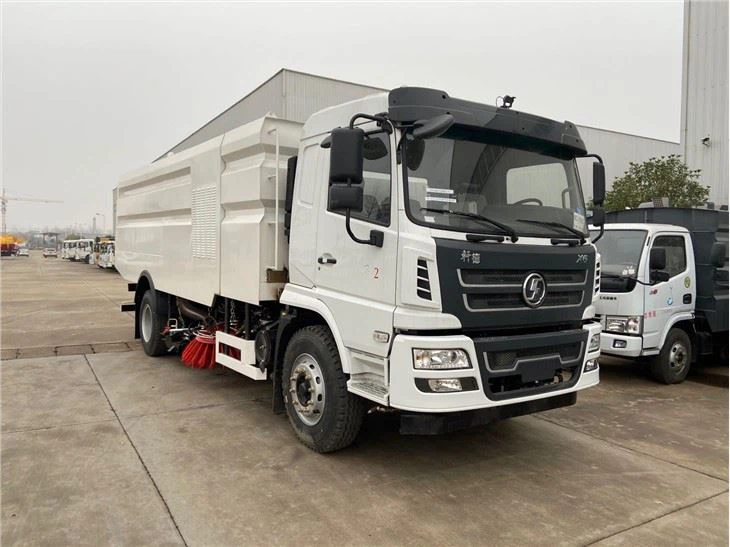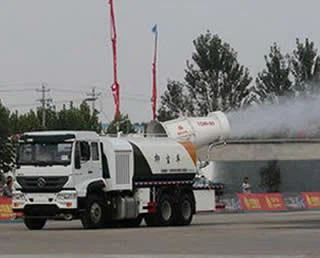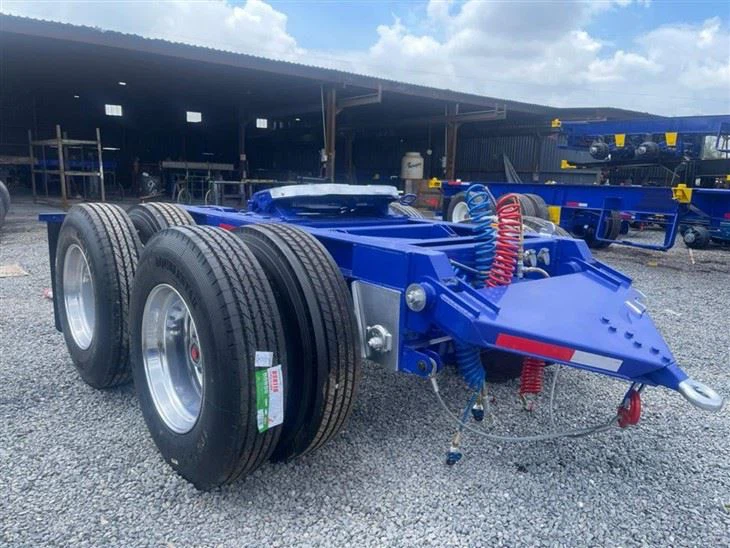Garbage Trucks by Volvo: An In-Depth Look at Performance, Design, and Sustainability

Garbage trucks play a crucial role in maintaining cleanliness and sanitation in urban environments. Among the various manufacturers, Volvo stands out for its innovative designs and commitment to sustainability. This article explores the features, benefits, technology, and different types of garbage trucks offered by Volvo, while also providing practical tips and examples. We will also delve into frequently asked questions regarding Volvo’s garbage trucks.
1. The Importance of Garbage Trucks in Urban Infrastructure
Garbage trucks are essential for waste management in cities. They help in:
- Waste Collection: Efficiently gathering garbage for proper disposal.
- Sanitation: Reducing health risks by preventing waste buildup.
- Recycling: Facilitating the separation of recyclable materials.
2. Overview of Volvo as a Leading Truck Manufacturer
Volvo has a longstanding reputation in the commercial vehicle market, especially for quality and innovation.
2.1 Company History

Founded in 1927 in Sweden, Volvo has evolved into a global brand known for safety, reliability, and sustainability in trucking.
2.2 Commitment to Sustainability
Volvo aims to produce vehicles with minimal environmental impact, focusing on reducing emissions and promoting greener technologies.
3. Key Features of Volvo Garbage Trucks
Volvo garbage trucks are designed with several innovative features, enhancing their functionality and performance.
3.1 Engine and Performance
Volvo garbage trucks are equipped with powerful engines that offer:
- High Torque: For effective lifting and hauling.
- Fuel Efficiency: Reducing operational costs.
3.2 Safety Features
Safety is paramount in Volvo trucks. Key safety features include:
- Advanced Braking Systems: Minimize stopping distances.
- Collision Avoidance Systems: Reduce accident risks.
3.3 Ergonomic Design
Volvo emphasizes driver comfort with:
- Adjustable Seating: For long hours on the road.
- Intuitive Controls: Making operation easy.
4. Types of Garbage Trucks Offered by Volvo
Volvo manufactures various types of garbage trucks, catering to diverse waste management needs.
4.1 Rear Loader Trucks
Rear loader garbage trucks are commonly used for residential areas. They feature:
- Compact Design: Suitable for narrow streets.
- Efficient Waste Collection: Easy access from the rear.
4.2 Front Loader Trucks
Front loaders are primarily used for commercial waste collection. They offer:
- High Capacity: Handle large volumes of waste.
- Faster Loading: Improving operational efficiency.

4.3 Side Loader Trucks
Side loader trucks are ideal for urban areas with tight spaces. Benefits include:
- Automated Loading Systems: Reducing manual labor.
- Flexibility: Adapting to different collection routes.
5. Technology in Volvo Garbage Trucks
Volvo incorporates advanced technology to enhance garbage truck performance.
5.1 Telematics Systems
Telematics provide real-time data on vehicle performance, allowing for:
- Fleet Management: Monitoring and optimizing routes.
- Predictive Maintenance: Reducing downtime through early issue detection.
5.2 Electric Garbage Trucks
Volvo is committed to sustainability, leading the way with:
- Electric Models: Offering zero-emission solutions.
- Reduced Noise Pollution: Ideal for nighttime operations.
6. Sustainability Initiatives by Volvo
Volvo actively promotes sustainability in its garbage trucks through:
6.1 Eco-Friendly Materials
Using recyclable materials in manufacturing helps reduce the ecological footprint of their trucks.
6.2 Waste Reduction Strategies
By enhancing the recycling capabilities of their vehicles, Volvo contributes to minimizing landfill waste.
7. Tips for Operating Volvo Garbage Trucks Effectively
Operating garbage trucks efficiently is vital for cost-effectiveness and optimal performance.
7.1 Regular Maintenance
- Schedule routine inspections to ensure all components are functioning.
- Address minor issues before they escalate into major problems.
7.2 Efficient Route Planning
Utilize telematics data for:
- Optimizing collection routes to save time.
- Reducing fuel consumption through strategic planning.
8. Practical Examples of Volvo Garbage Trucks in Action
There are numerous real-world examples demonstrating the effectiveness of Volvo garbage trucks in various settings.
8.1 Urban Environments
Cities like Amsterdam use Volvo front loaders to manage their substantial waste volume in densely populated areas.
8.2 Suburban Areas
In suburban neighborhoods, rear loaders from Volvo efficiently navigate narrow streets and dense residential areas, collecting waste while minimizing disruptions.
9. Common Questions about Volvo Garbage Trucks
9.1 How much does a Volvo garbage truck cost?
The cost of a Volvo garbage truck can vary based on the model and specifications but typically ranges from $250,000 to $600,000.

9.2 What is the lifespan of a Volvo garbage truck?
With proper maintenance, a Volvo garbage truck can have a lifespan of 12 to 15 years.
9.3 Are Volvo garbage trucks fuel-efficient?
Yes, Volvo garbage trucks are designed for fuel efficiency, which helps reduce emissions and operational costs.
9.4 What types of fuel do Volvo garbage trucks use?
Volvo garbage trucks can run on diesel, compressed natural gas (CNG), or electric power, depending on the model.
9.5 Do Volvo garbage trucks come with automatic loading systems?
Yes, many models, especially side loaders, are equipped with automatic loading systems for enhanced efficiency.
9.6 Where can I buy a Volvo garbage truck?
Volvo garbage trucks can be purchased through authorized Volvo dealers or directly from the Volvo website.
